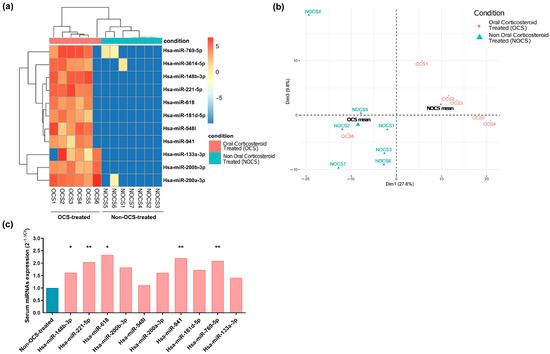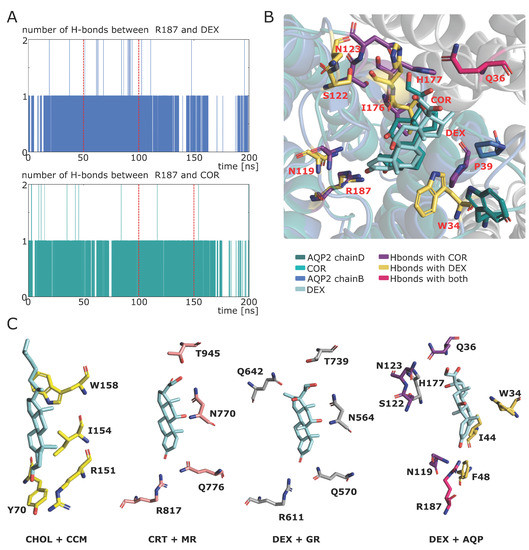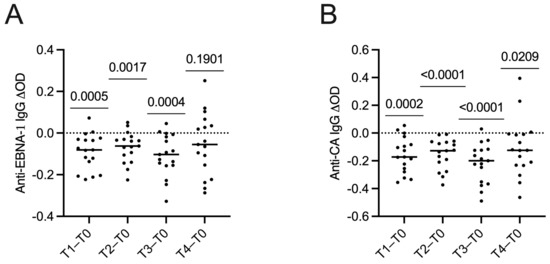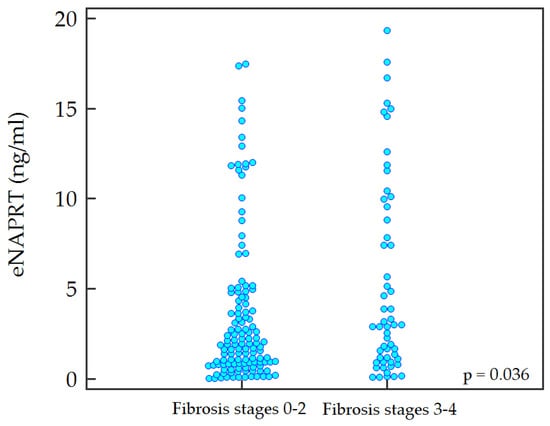Int. J. Mol. Sci. 2023, 24(2), 1608; https://doi.org/10.3390/ijms24021608 - 13 Jan 2023
Cited by 6 | Viewed by 2813
Abstract
Cancer-associated factors have been largely identified in the understanding of tumorigenesis and progression. However, aminoacyl-transfer RNA (tRNA) synthetases (aaRSs) have so far been neglected in cancer research due to their canonical activities in protein translation and synthesis. FARSA, the alpha subunit of the
[...] Read more.
Cancer-associated factors have been largely identified in the understanding of tumorigenesis and progression. However, aminoacyl-transfer RNA (tRNA) synthetases (aaRSs) have so far been neglected in cancer research due to their canonical activities in protein translation and synthesis. FARSA, the alpha subunit of the phenylalanyl-tRNA synthetase is elevated across many cancer types, but its function in mantle cell lymphoma (MCL) remains undetermined. Herein, we found the lowest levels of FARSA in patients with MCL compared with other subtypes of lymphomas, and the same lower levels of FARSA were observed in chemoresistant MCL cell lines. Unexpectedly, despite the essential catalytic roles of FARSA, knockdown of FARSA in MCL cells did not lead to cell death but resulted in accelerated cell proliferation and cell cycle, whereas overexpression of FARSA induced remarkable cell-cycle arrest and overwhelming apoptosis. Further RNA sequencing (RNA-seq) analysis and validation experiments confirmed a strong connection between FARSA and cell cycle in MCL cells. Importantly, FARSA leads to the alteration of cell cycle and survival via both PI3K-AKT and FOXO1-RAG1 axes, highlighting a FARSA-mediated regulatory network in MCL cells. Our findings, for the first time, reveal the noncanonical roles of FARSA in MCL cells, and provide novel insights into understanding the pathogenesis and progression of B-cell malignancies.
Full article
(This article belongs to the Special Issue Novel Molecular Mechanisms Underlying Tumorigenesis and Innovative Therapeutic Approaches for Cancer-Fighting 2.0)
►
Show Figures













